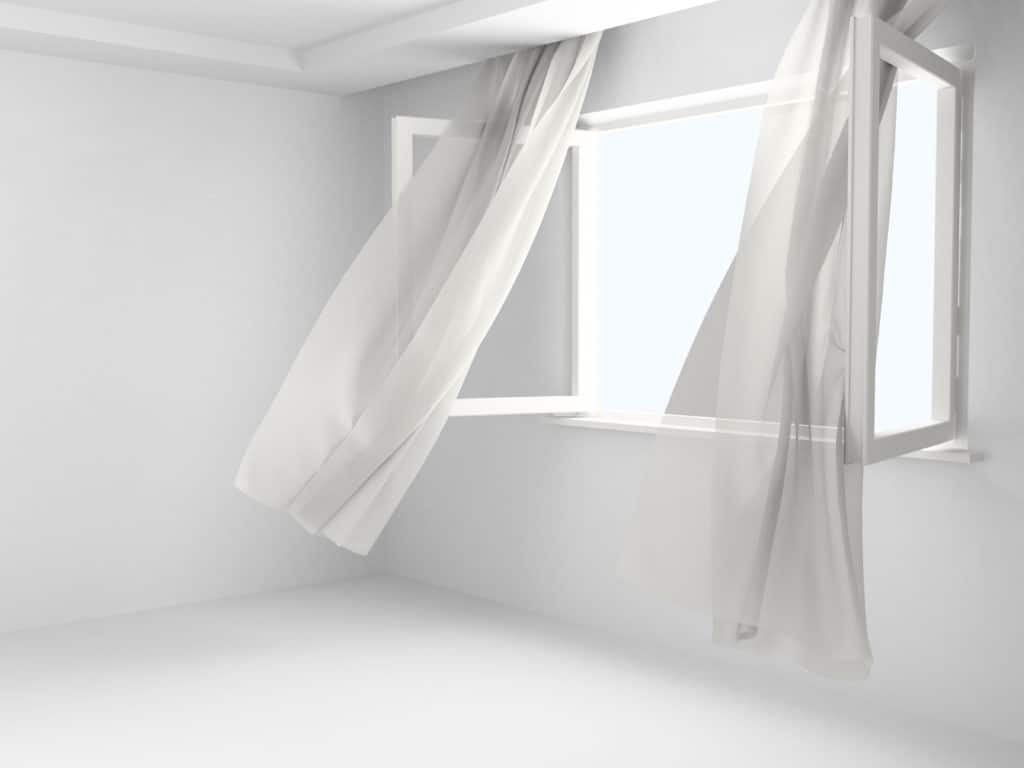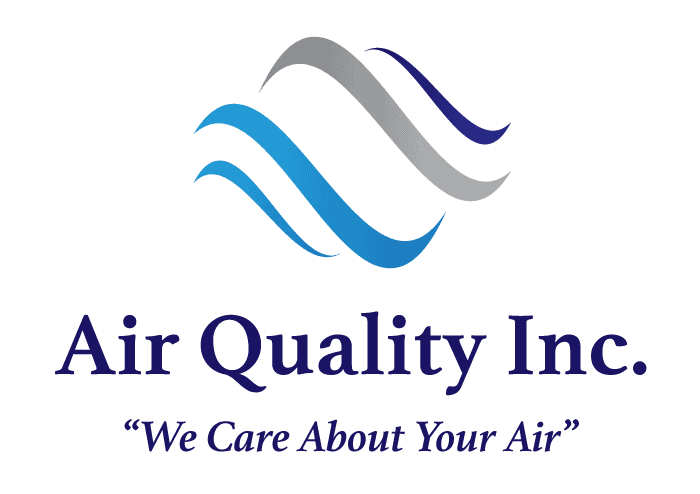Air pollution is a reality for many homeowners today, and it’s essential to know how to combat the various sources. Living in a healthy home environment is crucial in protecting our health and the health of our families. Unfortunately, indoor air pollution levels can often be much higher than outside due to all the pollutants we are exposed to daily.
These air pollutants are small, odorless, and challenging to detect, but they can still cause serious health issues over time. Thankfully, there are some simple steps that you can take to reduce the amount of indoor air pollutants in your home and protect your family’s health.
Let’s look at three of these pollutants and see what can be done to minimize their impact on our health.
Formaldehyde
Formaldehyde is a colorless and odorless gas commonly found in pressed-wood products such as particle board, plywood, and fiberboard, as well as fabrics, glues, and adhesives. When inhaled, it can cause damage to the mucous membranes of the eyes, nose, and throat, leading to burning sensations, coughing, wheezing, and shortness of breath.
Long-term exposure can also lead to an increased risk of certain types of cancer, such as leukemia and nasopharyngeal cancer. To reduce exposure to formaldehyde, start by limiting your use of any products that contain formaldehyde and replace them with more natural alternatives whenever possible. If you must have products that contain formaldehyde, such as pressed wood products or cleaning supplies, store them in a well-ventilated area away from living spaces.
Volatile Organic Compounds (VOCs)
Volatile organic compounds are chemicals that vaporize under normal conditions. They are found in paints, lacquers, aerosol sprays, cleaning supplies, pesticides, construction materials, and air fresheners. VOCs can cause eye, nose, and throat irritation, headaches, nausea, allergic reactions, and, in high concentrations, even organ damage.
To protect your indoor air quality, make sure to use natural and biodegradable cleaning products whenever possible. You can also use ventilators to help remove VOCs from the air.
Particulate Matter
Particulate Matter, or PM, is the name given to a group of small airborne particles, including dust, smoke, pollen, and other toxic substances. Inhaling particulate matter over time can harm your respiratory system, leading to shortness of breath, chest tightness, coughing, asthma attacks, or an increased risk of heart disease.
Indoor sources of PM include cigarette smoke, cooking, cleaning with harsh chemicals, and using certain types of building materials and furnishings. When these particles become trapped indoors, they can accumulate and contribute to poor indoor air quality.
To reduce exposure to PM, it is important to use air purifiers with HEPA filters, avoid smoking and burning candles indoors, and use cleaning products that are less toxic. It is also important to maintain good housekeeping practices to minimize dust accumulation and to keep the humidity low to reduce mold growth.
ACQ - Your Neighborhood Indoor Air Quality Specialists
Air Quality Inc. in Virginia Beach and Richmond is dedicated to providing residents with clean, healthy air. Contact us today to learn more about our services and how we can help you reduce air pollutants in your home.




